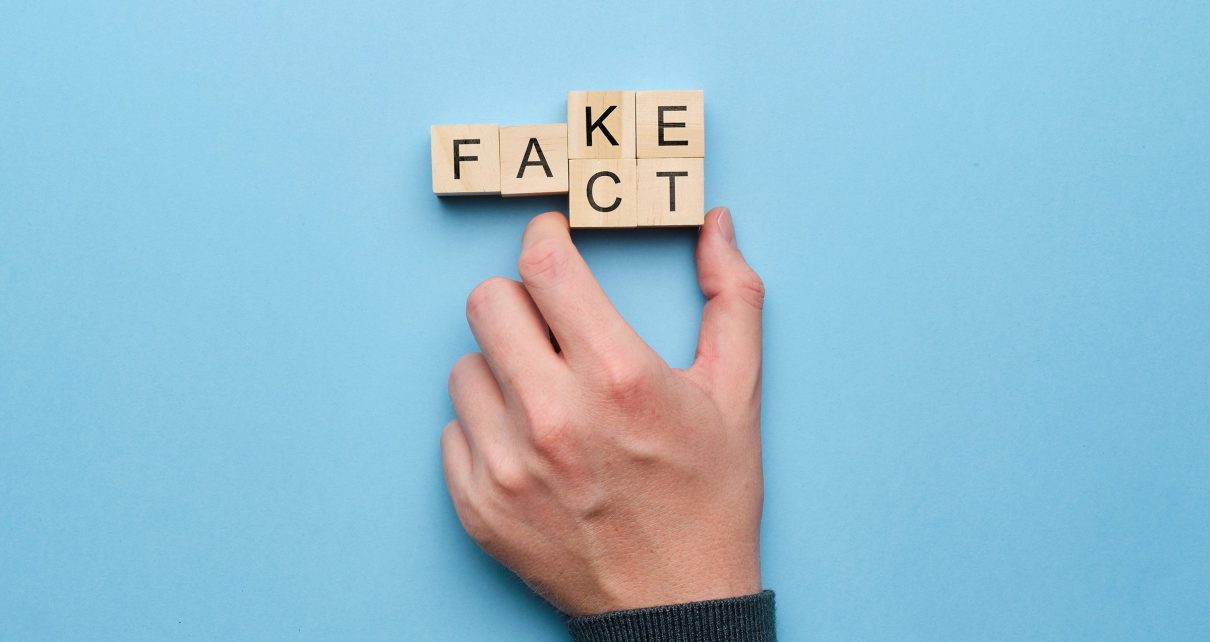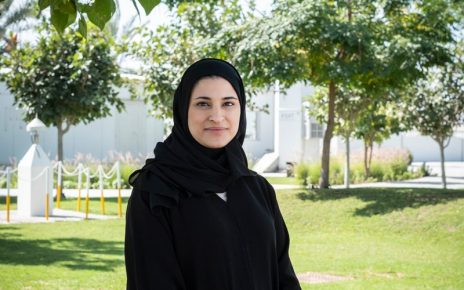Distortions and outright lies by politicians and pundits have become so common that major news outlets like the Associated Press, CNN, BBC, Fox News, and Washington Post routinely assign journalists and fact-checkers to verify claims made during stump speeches and press briefings. The motivation to uncover falsehoods and misleading statements taken out of context is laudable. But when it comes to real-world complexities, the trouble is that people often see different things when looking at the same event, a phenomenon repeatedly documented by psychologists.
Laboratory studies reveal that, when shown a video of a group of protesters, people see either a peaceful protest or an unruly mob blocking pedestrian access, depending on their sociopolitical beliefs. The world outside the lab shows similar biased perception: For example, 68 percent of Republicans consider the videotaped demonstrations in Portland, Ore., Kenosha, Wisc., and New York City to be riots, versus only 30 percent of Democrats, according to a Fox News poll released in September. Journalists and fact-checkers are human beings subject to the same psychological biases as everyone else—and their analyses of what constitute “facts” is affected by their own political and ideological values, resulting in what psychologists term selective perception.
Consider the claim that during an interview with the progressive activist Ady Barkan, Joe Biden stated he favors defunding the police. This allegation has been dismissed as taken out of context and consequently false by some journalists and fact-checkers (e.g., Politifact’s Jon Greenberg), and CNN’s Facts First argued that Biden had denied he favored defunding in comments that were not included in the published interview with Barkan. However, others argued Biden’s statement about supporting “redirecting” funds to other agencies was a clear acknowledgement of his support of decreased funding for police.
For example, Evie Fordham of Fox News states that redirecting funds from the police is the only context in which Biden’s “yes, absolutely” answer to Barkan’s question can be understood, in her words: “despite the fact that Barkan did not say “for police” at the end of the question, the context of the original exchange made clear that Barkan was talking about redirecting police funding.”). The result is a massive disagreement, with many journalists and fact-checkers arguing that Biden’s critics did indeed take his statement out of context, and he did not intend to support a redirection of funds away from law enforcement, as fact-checkers Hope Yen at the Associated Press and the BBC’s Jake Horton contended, whereas CNN cited a Biden statement from early June in which he said it makes sense for some local communities to reduce police funding. In examining the evidence that each side invoked, it is possible to make a case for both positions.
The same is true of the allegation that in the aftermath of Heather Heyer’s death in Charlottesville, Va., in 2017, Trump said there were “fine people” among protestors and counterprotestors, a statement generally interpreted by liberal fact-checkers and journalists as referring to fine people among the white supremacists and Neo-Nazis, but disputed by conservative journalists.
Even when the original facts may tilt in the direction of journalists’ and fact-checker’s claims, they may be too ambiguous to justify the unequivocal headlines that have appeared: (“AP Fact Check: Trump distorts record; BLM falsely accused”)
Fact-checkers’ decisions have significant consequences for debates about fake news that cannot be overstated. Researchers have studied the cascading cognitive effects of misinformation, and their findings are relevant to current concerns about fake news and to the limitations of fact-checking. Misinformation can be insidious; it can seep into the unconscious mind and influence beliefs and behaviors long after we have forgotten its source or the evidence invoked to support it. Under laboratory conditions, a selection of objective facts and complete fabrications can be presented, and researchers can then examine the spread of misinformation about these facts and whether and how this spread results in false beliefs.
Unlike a pristine laboratory setting, however, the world of politics is messy, and there can be deep disagreements about the facts themselves, as the above contradictory claims illustrate. When it comes to partisan fact-checking about complex issues—which describes much of the fact-checking that takes place in the context of political news—the truth as stated is often the subjective opinion of people with shared political views.
One path to a solution is “adversarial fact-checking.” Fact-checking is often done by teams of two or more journalists rather than by a single person. We propose that political claims continue to be aggressively fact-checked, but by teams of individuals with diverse sociopolitical views; for example, by pairing fact-checkers from major liberal and conservative news sources. This would add little, if any, cost. The media should abandon fact-checkers’ pretext of objectivity and political disinterest and instead acknowledge their sociopolitical leanings in much the way that NPR tries to pit pro and con points of view in political coverage.
Research underscores that fact-checkers’ personal biases influence both their choice of which statements to analyze and their determination of accuracy. Let diverse fact-checkers work as members of an adversarial team, much like two sides in arbitration. Fact-checkers are human beings who live in the real world, rather than in a sociopolitical monastery. Let’s abandon the pretense of objectivity and design a system of adversarial fact-checking that places the evidence for competing claims front and center.
Exposure to contrasting views sometimes happens when a counterclaim appears days or weeks later or an independent fact-checker like PolitiFact requests a retraction, but the key to better cognitive reasoning outcomes is for both sides’ claims to appear simultaneously in the very same report. This would minimize the creation of false beliefs that emerge as a consequence of exposure to only one side. When adversarial fact-checking leads to unresolvable disagreements among team members, readers will be better able to judge how persuasive each side’s argument is and arrive at a more informed conclusion than they would if only one side’s evidence is presented.
It would be a valuable antidote to the tendency of Americans to base their views on sources solely within their “bubble.” Such an adversarial arrangement challenges the presumption that there can be no doubt about the validity of fact-checkers’ conclusions, as implied by CNN’s Facts First feature: “CNN holds elected officials and candidates accountable by pointing out what’s true and what’s not,” as if determining the truth is somehow a psychologically straightforward process.
Having each side’s fact-checkers checked by the other side’s fact-checkers could lead to an infinite regress toward an uncertain truth. But this is preferable to belief in a truth that may not exist. Adversarial fact-checkers would debate the same “evidence” and ensure a balanced presentation of the facts. This may not guarantee that fact-checkers will agree or even that readers will discern the truth. But it will reveal the sometimes-tenuous nature of fact-checkers’ claims and the psychological context in which human cognition unfolds—and this would be a meaningful barrier to the spread of fake news and the creation of false beliefs among voters.



